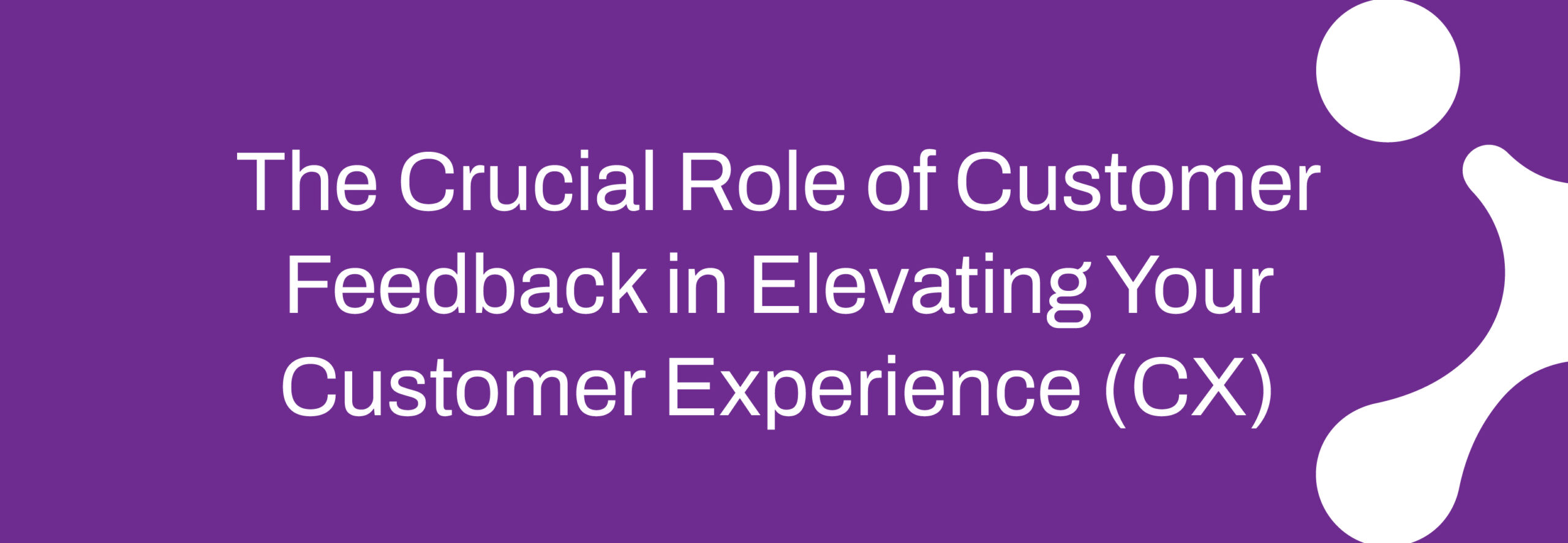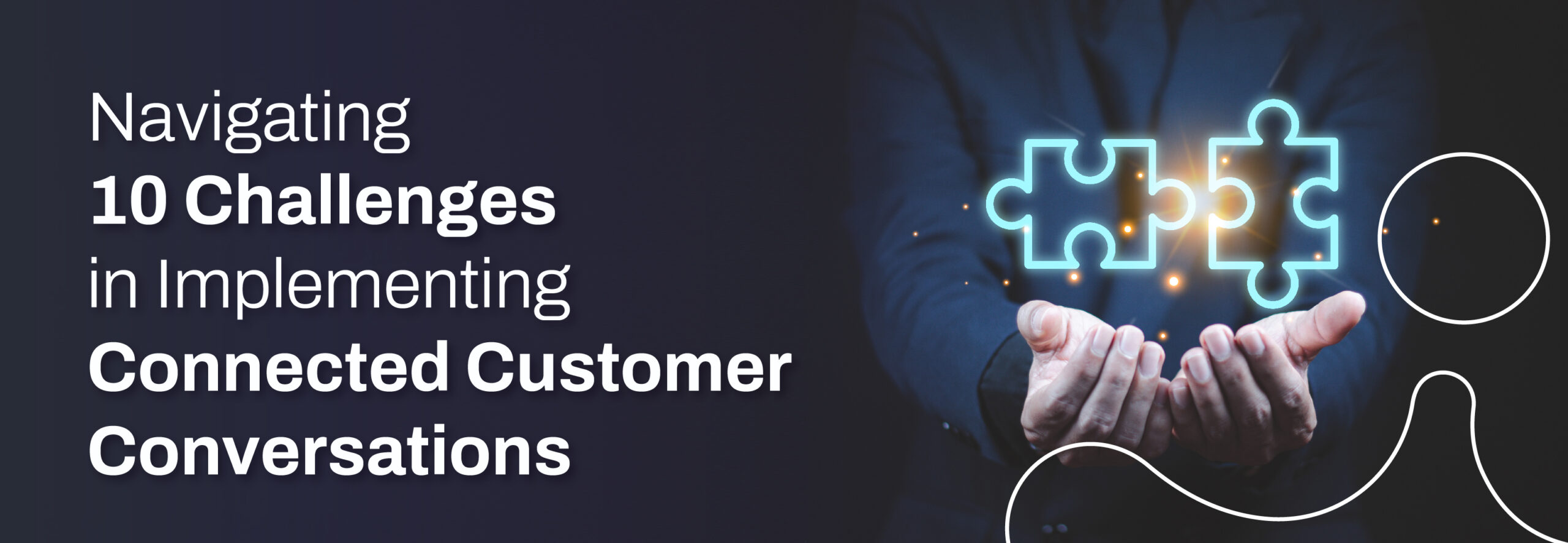Agent idle time is inevitable in any contact center, but unmanaged idle time quickly translates into higher costs and inconsistent customer experiences. The goal is not to eliminate idle time entirely, but to deploy it intelligently—so agents stay engaged, service levels remain stable, and customers get fast, effective support. Below are five practical ways to optimize agent idle time while keeping your team motivated and your operations efficient.
The goal is not to eliminate idle time entirely, but to deploy it intelligently—so agents stay engaged, service levels remain stable, and customers get fast, effective support.
1) Implement call blending
Call blending makes more efficient use of agent time by flexibly switching agents between inbound and outbound work. When inbound volume dips, agents can be auto-assigned productive outbound tasks such as follow-ups, callbacks, or satisfaction checks. When queues rise, those same agents pivot back to live demand.
To get call blending right:
- Define clear eligibility rules: Set thresholds for when agents can be moved from inbound to outbound (and back). For example, shift agents to outbound when live queues are stable and service levels are on target.
- Blend channels, not just calls: Expand blending beyond voice to include chat, messaging, and email, so idle minutes in one channel can be put to work on another.
- Use compliant outbound strategies: Ensure consent, time-of-day, and opt-out rules for outbound communications are built into your dialer or task assignment logic.
- Pair with skills-based routing: Route outbound tasks that match each agent’s skill level to maximize quality and minimize rework.
- Train for dual handling: Cross-skill agents to confidently handle both inbound queries and outbound engagements without compromising customer experience.
Measure outcomes such as queue stability, handle quality, and agent sentiment to fine-tune blending policies. Well-executed call blending reduces idle time without overloading your team.
2) Schedule your agent’s timetable carefully
Efficient schedules reduce idle time by aligning staffing with demand—without treating agents like machines. The key is to plan for peaks and troughs while preserving healthy breaks and flexibility.
Best practices for smarter timetables:
- Forecast realistically: Use historical patterns, seasonality, and known events to build demand forecasts. Adjust for channel mix and handle time changes (e.g., new products or policies).
- Right-size breaks: Stagger breaks to keep coverage steady. Shorter, well-planned breaks often maintain performance better than long, unscheduled intervals.
- Use flexible shift types: Incorporate part-time, split shifts, and micro-shifts to cover short demand spikes or troughs efficiently.
- Plan for shrinkage: Account for meetings, training, leave, and system downtime so your available capacity reflects reality.
- Leverage intraday management: Make small course corrections during the day—move meetings, offer voluntary time-off, or bring back-burner tasks forward when demand dips.
- Respect agent preferences: Use preference bidding and fair rotation to improve adherence and morale, which ultimately reduces unplanned idle time.
Transparent schedules with clear expectations help agents manage their energy and remain available when it matters most—minimizing idle minutes and protecting service levels.
3) Conduct special training sessions
Idle windows are an opportunity to strengthen your team. Instead of letting time slip by, deliver targeted learning that boosts quality and speeds resolution. The trick is to keep training modular and interruptible so agents can return to live work the moment queues rise.
Turn idle time into a capability boost:
- Microlearning libraries: Offer short, focused lessons on product updates, new features, or policy changes that can be completed in minutes.
- Role-play and simulations: Use quick scenario-based exercises to build confidence in common or critical interactions.
- Soft skills refreshers: Reinforce empathy, active listening, and de-escalation techniques to improve customer rapport and first-contact resolution.
- Knowledge base mastery: Encourage agents to bookmark and practice with your most-used articles, reducing handle time when volumes spike.
- Targeted coaching: Provide short, data-driven coaching sessions based on QA insights—ideally scheduled during forecasted troughs.
- Timebox learning: Configure training to pause automatically if volumes increase, so customer responsiveness is never compromised.
When training is relevant, quick, and reinforced with feedback, it enhances effectiveness and ensures idle time contributes directly to performance improvements.
4) Use workforce management tools
Modern workforce management (WFM) tools help you predict demand, schedule the right number of agents, and track where idle time occurs. The results are fewer overstaffed intervals, more consistent occupancy, and better agent engagement.
Key WFM capabilities that minimize idle time:
- Short- and long-term forecasting: Blend historical data with near-real-time signals to capture seasonality and evolving contact reasons.
- Multi-skill and multi-channel planning: Model how skills and channels interact so schedules reflect real handling capacity—not just headcount.
- Automated schedule optimization: Generate schedules that balance service levels, labor laws, preferences, and break distribution to minimize low-utilization windows.
- Real-time adherence: Monitor adherence and occupancy to spot emerging gaps. Promptly reassign tasks or adjust breaks when idle time rises.
- Intraday “what-if” scenarios: Test changes before you implement them—like moving a meeting or launching a callback program—to understand the impact on idle time and SLAs.
- Actionable analytics: Segment idle time by cause (e.g., no-queue waiting, system issues, process bottlenecks) so you can address the root, not just the symptom.
Use these insights in weekly reviews to tune staffing, routing, and training plans. Over time, you’ll build a feedback loop that steadily reduces idle minutes without sacrificing quality.
5) Optimize call routing and queue management
Routing determines how evenly work is distributed and how quickly agents pick up meaningful tasks. Intelligent routing ensures customers connect to the right person the first time, reducing both wait times and agent downtime.
Routing and queue tactics that reduce idle time:
- Skills- and proficiency-based routing: Match contacts to the most capable available agent. This minimizes transfers and idle “ping-pong” caused by misroutes.
- Bullseye and priority routing: Start with a tight skill ring and relax criteria if no one is available, keeping agents occupied without compromising quality.
- Omnichannel routing: Use a unified engine that assigns voice, chat, messaging, and email in one queue. If voice is quiet, agents can pick up pending digital tasks.
- Callback and virtual queueing: Offer customers the option to receive a callback instead of waiting on hold. This smooths demand across the day and helps fill low-utilization periods with scheduled callbacks.
- Intent-led IVR and deflection: Capture customer intent up front through IVR or conversational prompts, then route precisely to the correct skill. Effective deflection to self-service should redirect only simple tasks, reserving agent capacity for value-added conversations.
- Load balancing across teams and sites: Overflow calls or messages to other skills, teams, or locations during lulls or spikes for steadier utilization.
Monitor transfer rates, repeat contacts, and abandonment alongside occupancy to ensure routing changes are improving both customer experience and agent productivity.
Putting it all together
Optimizing agent idle time is about orchestrating people, process, and technology. Call blending keeps agents productive across fluctuating demand. Smart scheduling aligns capacity with reality while caring for agent well-being. Microlearning turns quiet moments into meaningful skill gains. WFM provides the data and automation to forecast, schedule, and adjust with confidence. And intelligent routing fills gaps by getting the right work to the right agent at the right time.
Start with the levers you can control today: tighten your scheduling and break plans, enable simple call blending rules, and set up basic routing improvements. Then layer in microlearning, real-time adherence, and deeper analytics to sustain gains. With a disciplined approach, idle minutes become strategic opportunities—improving productivity, elevating customer experience, and strengthening your contact center’s performance over the long term.




